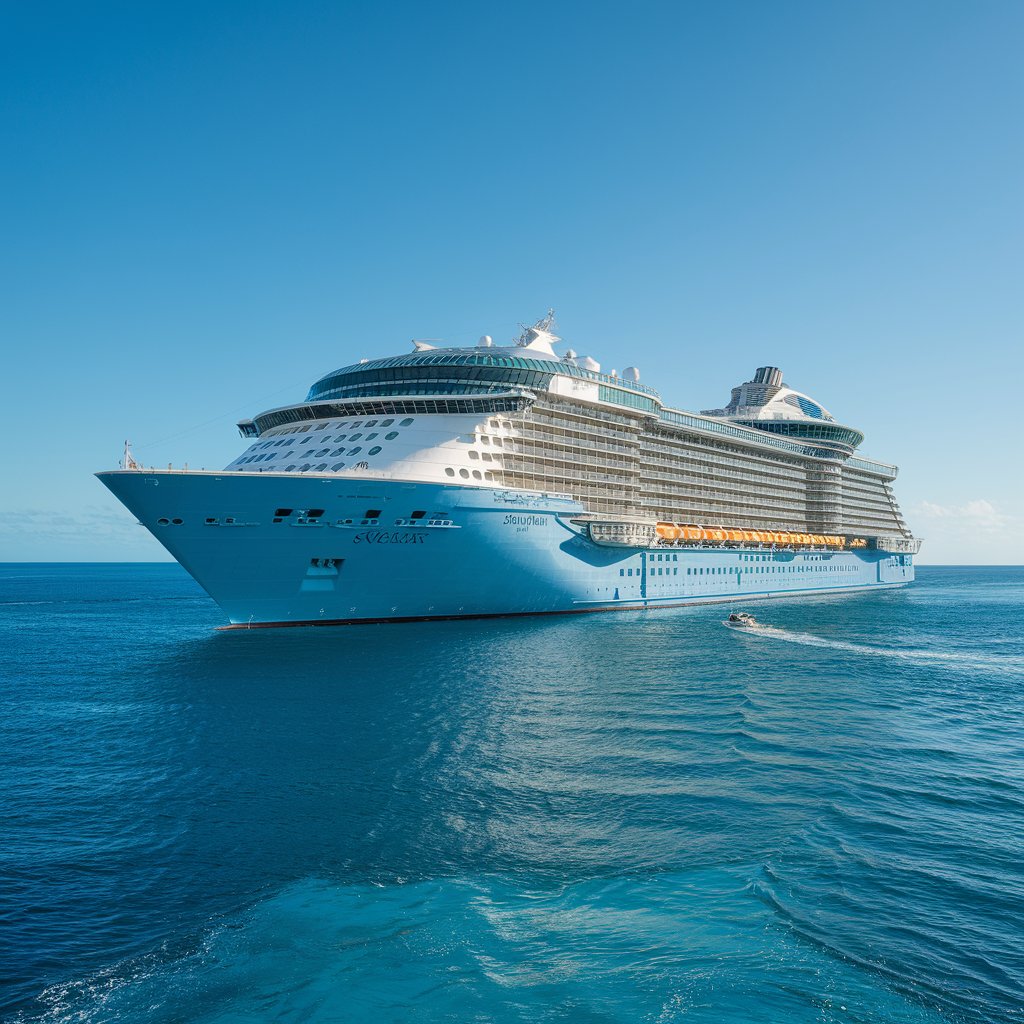Welcome to Part 2 of our Cruise Facts series! Here are six surprising cruise facts that will give you a fresh perspective on what goes on behind the scenes during your Royal Caribbean voyage.
Today, we’re diving even deeper into the fascinating world of Royal Caribbean cruises. Here are some little-known facts that are sure to intrigue both seasoned cruisers and newcomers alike. Let’s get started!
1. Stability of the North Star Observation Pod

Did you know that the North Star observation pod, featured on some Royal Caribbean ships, uses an advanced hydraulic system to ensure a stable ride? The point where the observation pod connects to the boom arm features a sophisticated hydraulic mechanism that reduces sway and movement. This system is designed specifically to prevent the pod from shaking, ensuring a smooth and enjoyable experience for all guests. This means even at sea, you can enjoy panoramic views comfortably, no matter the sea conditions.
2. Helicopter Operations During Emergencies
In emergencies, cruise ships may require assistance from helicopters. Typically, helicopters hover above the ship rather than land directly. This hovering technique is used to facilitate the transfer of emergency personnel safely and efficiently.

In addition to emergency services, helicopters sometimes help bring port pilots on board. Port pilots are specially trained to navigate cruise ships into narrow or challenging harbors, ensuring a smooth docking process. These pilots often join the ship as it approaches port to guide it safely to its docking position. Interestingly, guests who book onboard photo packages may get unique perspectives of such helicopter operations during their cruise.
3. Why Cruises Avoid Open Flames
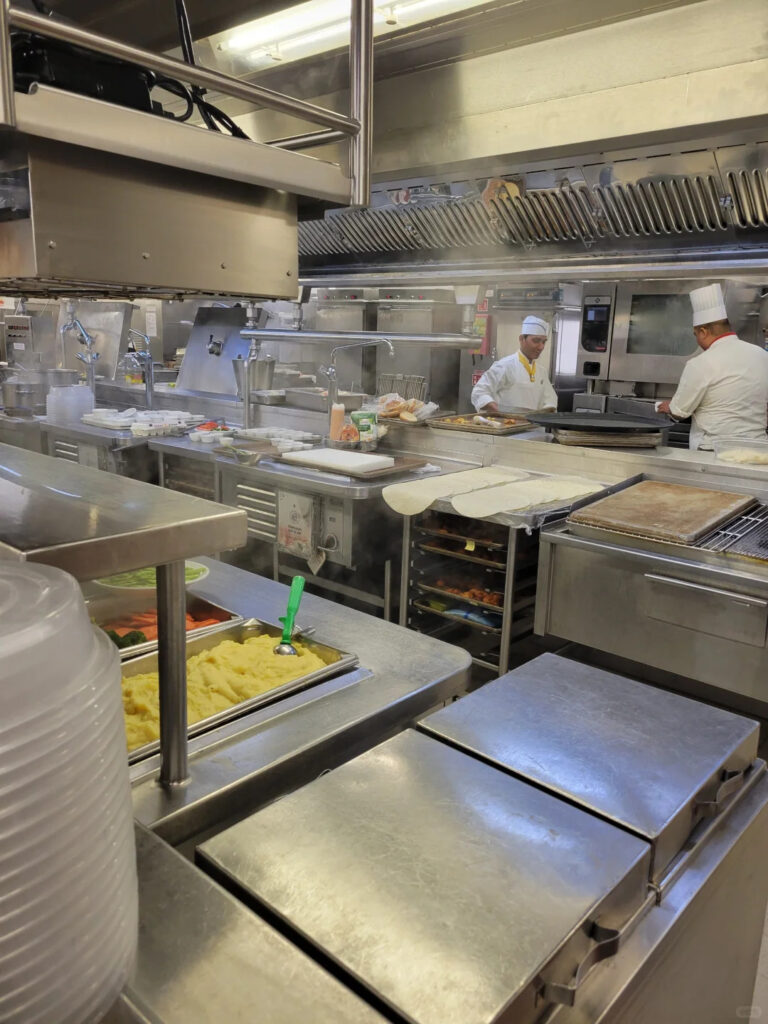
Onboard safety is paramount, and this includes safety in food preparation. Unlike traditional kitchens, cruise ship kitchens (or galleys) do not use open flames to cook food. Instead, they rely on electric cooking appliances to minimize the risk of fire. Given the confined nature of a cruise ship, even a small fire could become a serious hazard, so electric cooking methods are used to enhance safety for both guests and crew.
4. Recycling Onboard: A Closer Look
Cruise ships are like floating cities, and waste management is an essential part of their operations. Recyclable waste is meticulously sorted, compressed, and crushed onboard before being taken ashore for proper disposal. For example, aluminum cans are flattened, and glass bottles are crushed to reduce their volume. By handling these processes onboard, cruise lines aim to minimize the environmental footprint of their operations and comply with strict international environmental standards.
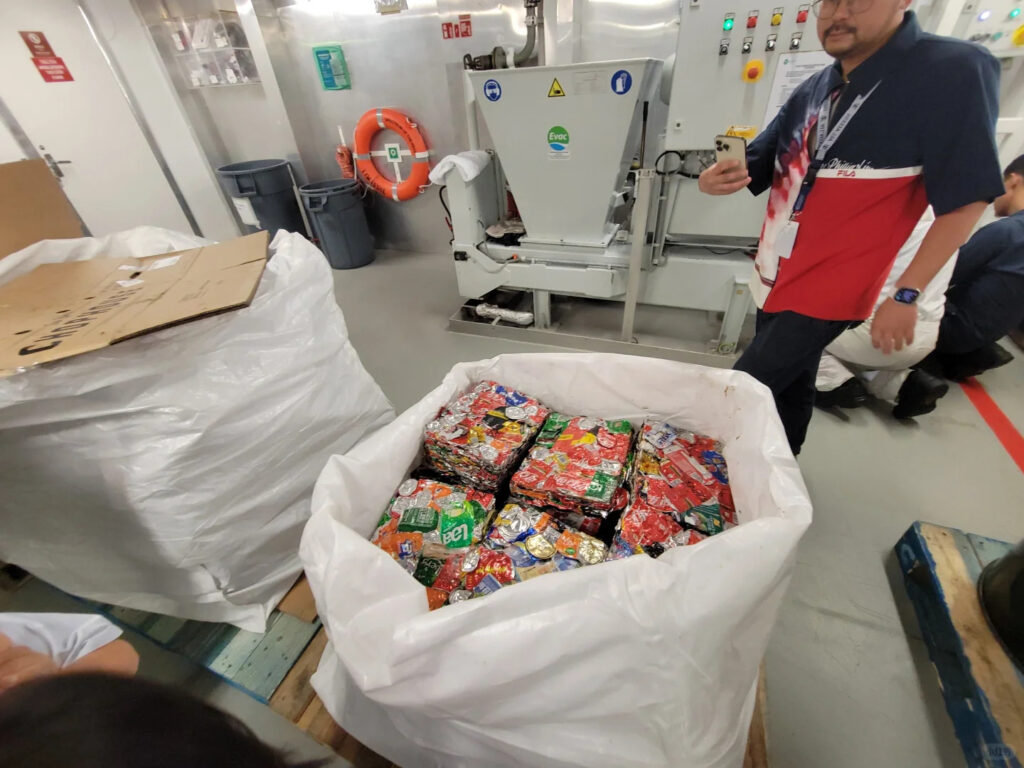
5. Flexibility with ‘My Time’ Dining
Cruise vacations are all about relaxation, and Royal Caribbean’s ‘My Time’ dining offers flexibility for those who prefer not to adhere to a fixed dining schedule. Each guest typically receives a set dining time on their SeaPass card, such as 4:45 PM, 6:15 PM, or 7:45 PM, for the main dining room. However, for guests who want more control over their schedule, ‘My Time’ dining allows them to dine whenever they like within the service hours.
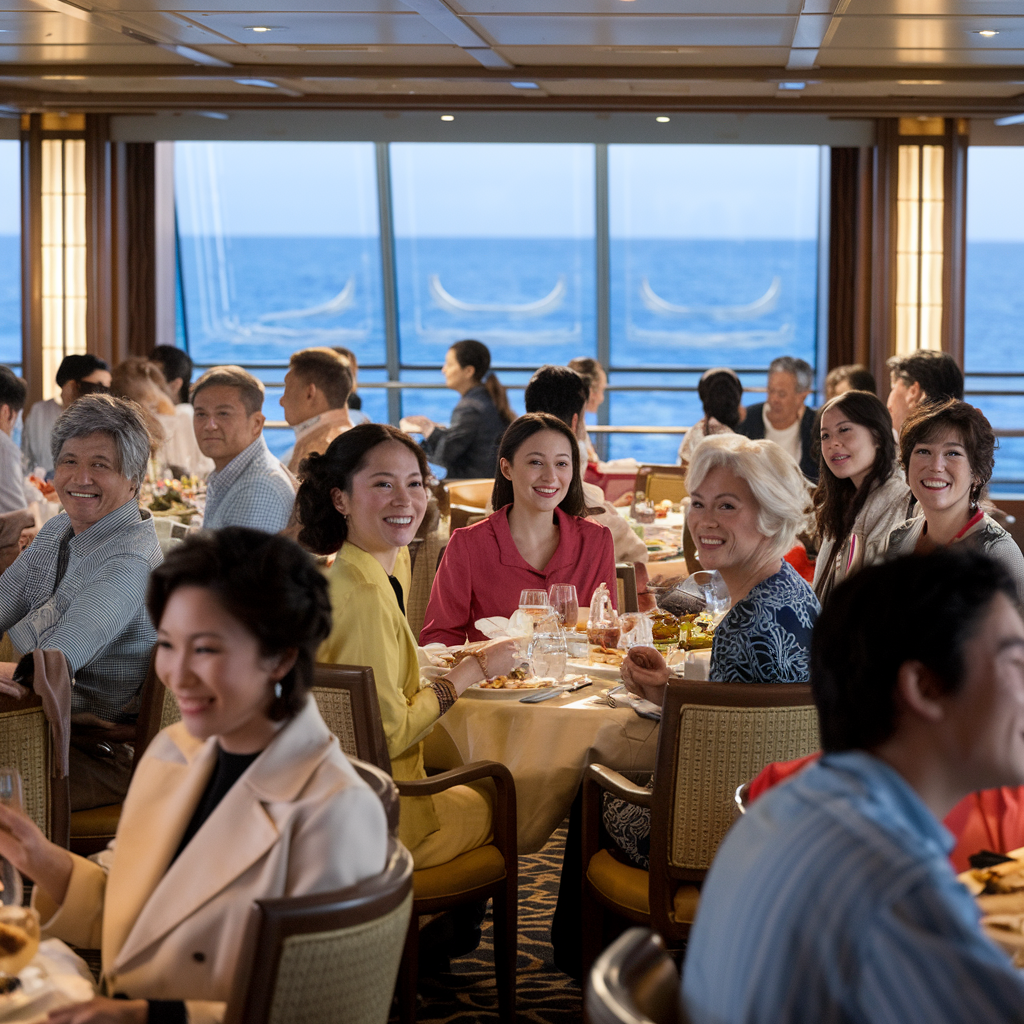
Cruise vacations are all about relaxation, and Royal Caribbean’s ‘My Time’ dining offers flexibility for those who prefer not to adhere to a fixed dining schedule. Each guest typically receives a set dining time on their SeaPass card, such as 4:45 PM, 6:15 PM, or 7:45 PM, for the main dining room. However, for guests who want more control over their schedule, ‘My Time’ dining allows them to dine whenever they like within the service hours.
6. Why Are Cruise Ships Painted White or Light Colors?
Have you ever noticed that most cruise ships are painted white or light colors? This is not just an aesthetic choice—it serves a practical purpose as well. Light-colored paint helps to reflect sunlight, which helps in keeping the interior of the ship cooler. This reflective quality reduces the need for air conditioning, leading to energy savings, which is especially important during long voyages in tropical climates.
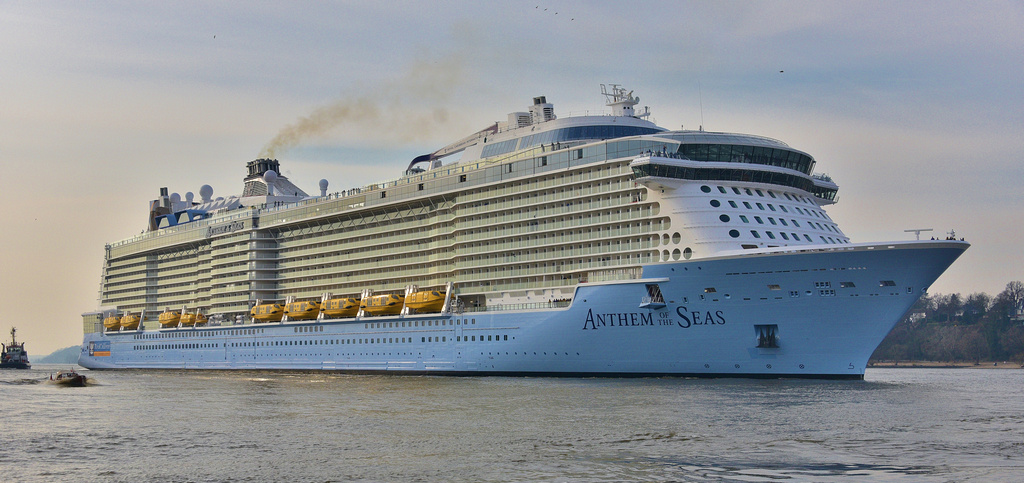
Additionally, lighter colors are more effective in hiding salt residue and water stains that accumulate on the ship’s exterior, helping to maintain a cleaner appearance for longer periods. It’s a subtle design choice that has a big impact on both energy efficiency and aesthetics.
Featured Image: by cruisevoyager.net; Image from xiaohongshu user 105681505; Image 2 by cruisevoyager.net; Image 3 & 4 from xiaohongshu user 411019278; Image 5 by cruisevoyager.net;
